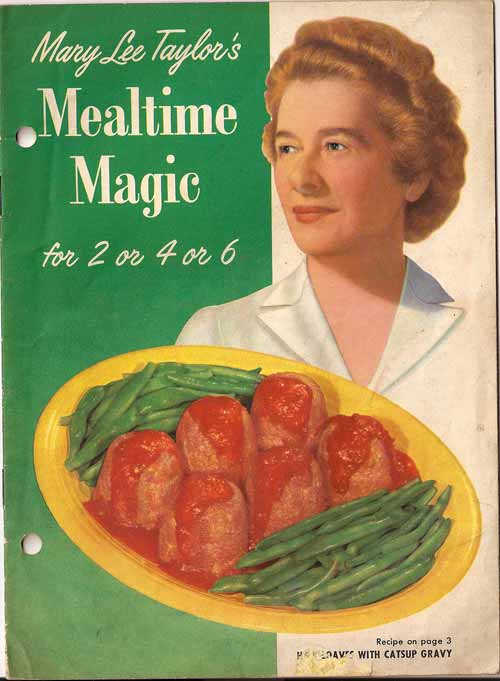
|
|
Man, we’re horse-healthy around here. A small cold moved into the house, and was briskly dispatched in a day. Neither wife nor child nor self spent more than a day dragging ourselves around with grim mien or aching limbs. Around noon I thought I would be riding the ferry across Lethe, but life flowed back and my chin raised and I end the day flags flying (zzzzzzzzz) Sorry; nodded off. I didn’t get much sleep, as usual. Tomorrow, however, is another *#($*@#( vacation day. This is getting ridiculous. I take two, I collect two. I take two, I collect two more. I’m so close to the maximum limit that simply doing my job requires me to leave it every month. Well, heck with that. Tomorrow I’m on “vacation,” but it’s Lance Lawson Thursday at buzz.mn; I should abandon tradition? No. There will be posts – just two or three instead of five or six. Anyway: in a fit of enthusiasm tonight I finished the Stagland update; it lent itself to rich embedded media, as you’ll see. It doesn’t matter that the magazine was published 53 years ago; we live in an age where information on grainy yellow musty paper half a century old can be cross-referenced with the great collective volunteer info-dump, with surprising results. Link at the bottom of the page. Today’s Gastroanomalies preview – these aren’t in the book, so you’re not spoiling anything. It’s Mary Lee Taylor, looking away with conflcted emotions about her Deep-Fried Blood Thimbles:
The cover is damaged, but I think I can make out the name of the dish. It’s “Hekildaves.” The rest of the book is unremarkable, except for a hamburger-steak garnish that looks like hobo-hurl.
The winners of the 2007 “Courage in Student Journalism” awards have been announced, and one of the awards goes to Erid Sheforgen, editor of the St. Francis, MN high-school newspaper. He wrote a series of editorials that defended the right of ROTC students to use the school gym for a membership drive, challenged an administrative speech code that appeared to criminalize unpopular opinions, attacked the school for severing its relationship with the Boy Scouts, and suggested that the advanced placement history course should include works of Hayek alongside Howard Zinn in its “recommended reading” syllabus. Just kidding! Made that all up. While he was editor, he had a dust-up with bone-headed administators about a front-page photo that included a ripped American flag. As this story notes, the newspaper decided not to print the photo "to protect the future of the newspaper." So maybe I'm missing the courage part. I can't blame the kid for buckling to the rules of the dunderhead-in-chief, but - if I could hijack the issue to make an irrelevant point - can you imagine an editor described in the paragraph above saluted for his courage? I can imagine a panel of journalists reading such editorials, thinking "kid has guts, I'll give him that," and resigning themselves to giving him the award - and then someone says "Hey, this guy got in trouble over flag desecration," and there's a general sigh of relief. That was close. Bleat Radio Theater’s sci-fi selections are intended to prove that there are no new plots under the sun. The binary sun of Alpha-Marinus, if you will. This week we have two examples, both from X-Minus One. The first is called “Universe.” It’s a generational-ship story, and I suppose these plot-points are inherent to the genre, but still: makes me think of a particular episode of a particular much-loved TV show. The art below is not intended to reflect the old man in the radio show – on the contrary. In the TV show, the old man was the heretic. The second show is called “Junkyard,” and it’s based on a story by StarTribune editor / writer Clifford D. Simak. (I listened to it today while driving home from my job as a StarTribune editor / writer.) It took place in the usual vague 50s sci-fi future, a far-flung time when white American men of European ancestry would explore the galaxy in thin silvery ships and say things like “here’s mud in your ever-lovin’ galactic eye” and “holy jumping asteroids.” (Side note: if there’s one 50s / 60s cliché I hate more than any other, it’s “ever-lovin’.” I don’t know why. It just annoys the screaming hell out of me.) (In close second place: “Your Friendly Neighborhood [x]) These shows owe a lot to “Forbidden Planet,” or perhaps vice versa; it was just how people saw the future. A logical extension of their own norms. We do the same, of course, which is why Star Trek: The Next Generation had a sob-sister grief-counselor on the bridge. There weren’t any women on 50s sci-fi ships. The captain was hard-boiled, the engineers were laconic and practical, and the enlisted men were whooping rabble who’d get drunk and throw a rock through the window of a deserted alien city. You suspect that the authors of these stories were all WW2 Navy vets. Anyway, I thought of the story of the weeping astronauts: the fellows who bade a tearful goodbye upon leaving the space station. In the old days, astronauts didn’t cry. It is almost impossible to conceive of the archetypal 50s sci-fi astronauts as weepers, or imagine the Mercury Seven boys daubing an unexpectedly moist eyeball. Maybe that’s just mythic nonsense; we like to think that if Glenn had suffered some accident and found his capsule spiraling down into fiery doom, he’d be flipping switches with consummate calm, noting temperature gauges, looking through the narrow window at the Earth below and noting drought conditions in the sub-Saharan region. As Tom Hanks said in “A League of Their Own” – there’s no crying in baseball. And for men of a certain generation and temperament, everything is baseball. Except, perhaps, baseball. Your team wins the pennant after 37 years, you’re allowed a drop or two.
"Junkyard" is the hard sci-fi Simak story; "Universe" is the generational ship tale. Enjoy! New Stagworld, in case you forgot. And I'll be at buzz.mn today - right now, in fact. See you there! Vacation: pshaw. Oh: Buy the book! If the link below doesn't show up, well, this should do it.
|
||||||||||||||||||||||||
...




